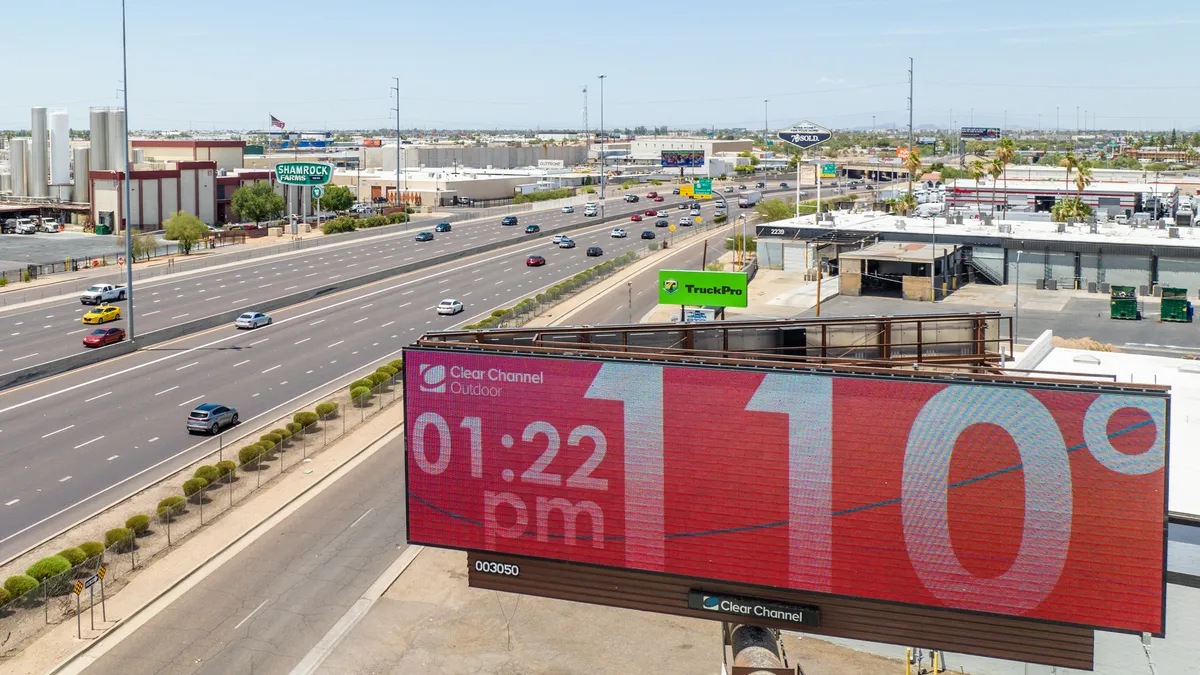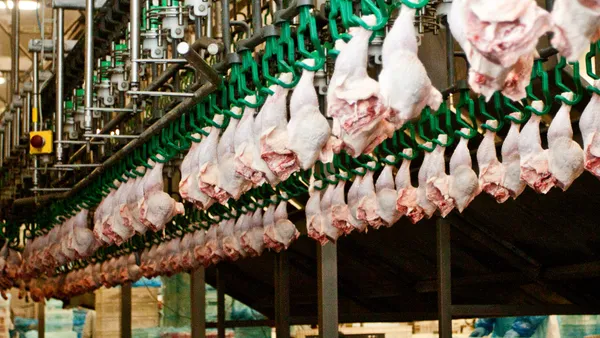Dive Brief:
-
The Phoenix City Council passed an ordinance Tuesday requiring all city contractors and subcontractors to develop heat safety plans. The legislation mandates employers provide cold, clean and free drinking water on worksites; allow workers to take breaks; provide access to shade or air conditioning; and, by May 1, 2025, supply air conditioning in enclosed cabs, according to council documents.
-
The ordinance is the result of labor demands and record high temperatures in the city in 2023, per the documents and a recording of the city council policy session Tuesday. Heat-related deaths climbed to 395 last year, the most in a single year, according to Maricopa County Department of Public Health reports.
-
“Extreme heat is Phoenix’s natural disaster,” Councilwoman Yassamin Ansari said during the session. “Hopefully, this will be … the beginning of stronger policies to make sure that Phoenix is prepared to respond to extreme heat that is baked in already to our future.”
Dive Insight:
Heat-related safety is top of mind for many workers as climate change continues to raise temperatures across the U.S.
Last summer, President Joe Biden shared plans to increase protections for workers facing extreme heat, including greater enforcement of heat safety violations and more inspections in industries like construction and agriculture by the U.S. Department of Labor, as well as increased government investment in national weather forecasts and water storage in hard-hit states.
The White House said heat is the No. 1 cause of weather-related deaths in the country, and more than 400 workers have died from environmental heat exposure since 2011.
However, the U.S. doesn’t have a federal standard on workplace heat safety, and experts say there’s no timeline for when one will be established. Last month, Florida’s legislature passed a bill that would prohibit local governments from establishing their own heat safety protections.
Workers’ core body temperatures can reach unsafe levels even on moderate summer days, according to a study by Turner Construction released in December. The study was conducted over three summer days on which the average high temperature was 88 degrees Fahrenheit and found 43% of the 33 workers being watched had core temperatures of more than 100.4 F, the Occupational Safety and Health Administration’s benchmark for greater chance of heat stress.
Sarah Zimmerman contributed to this story.












